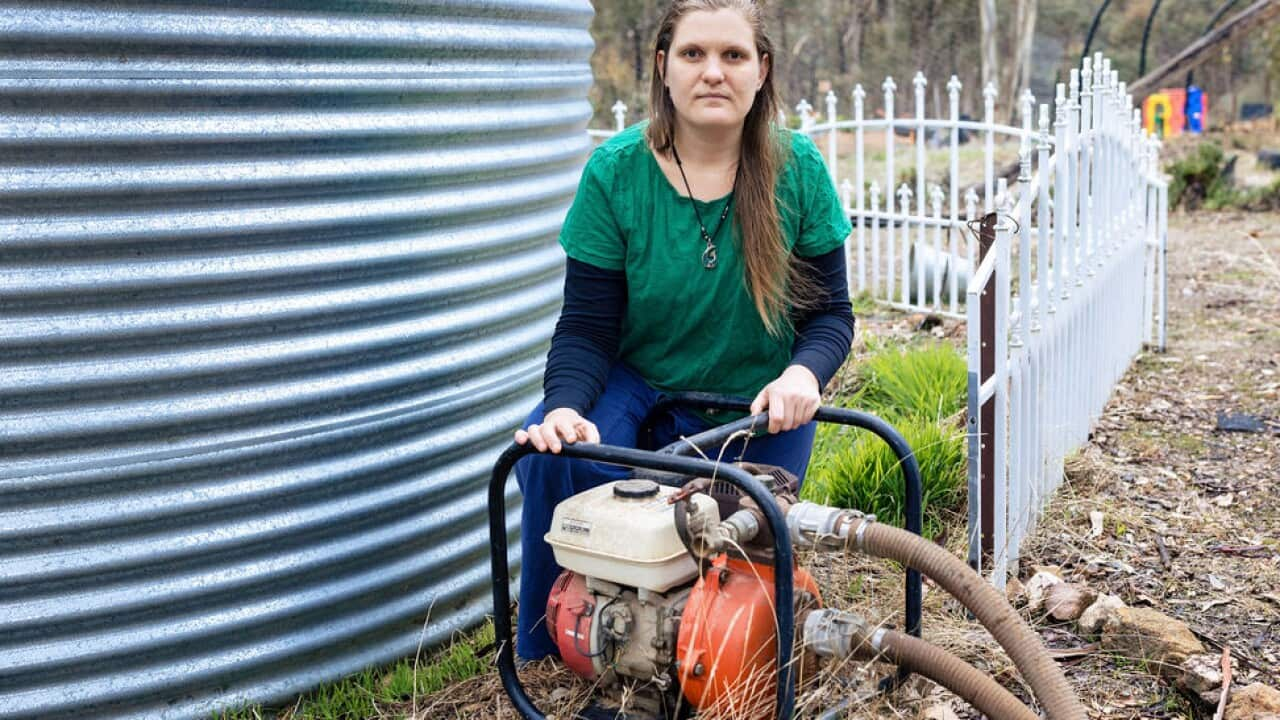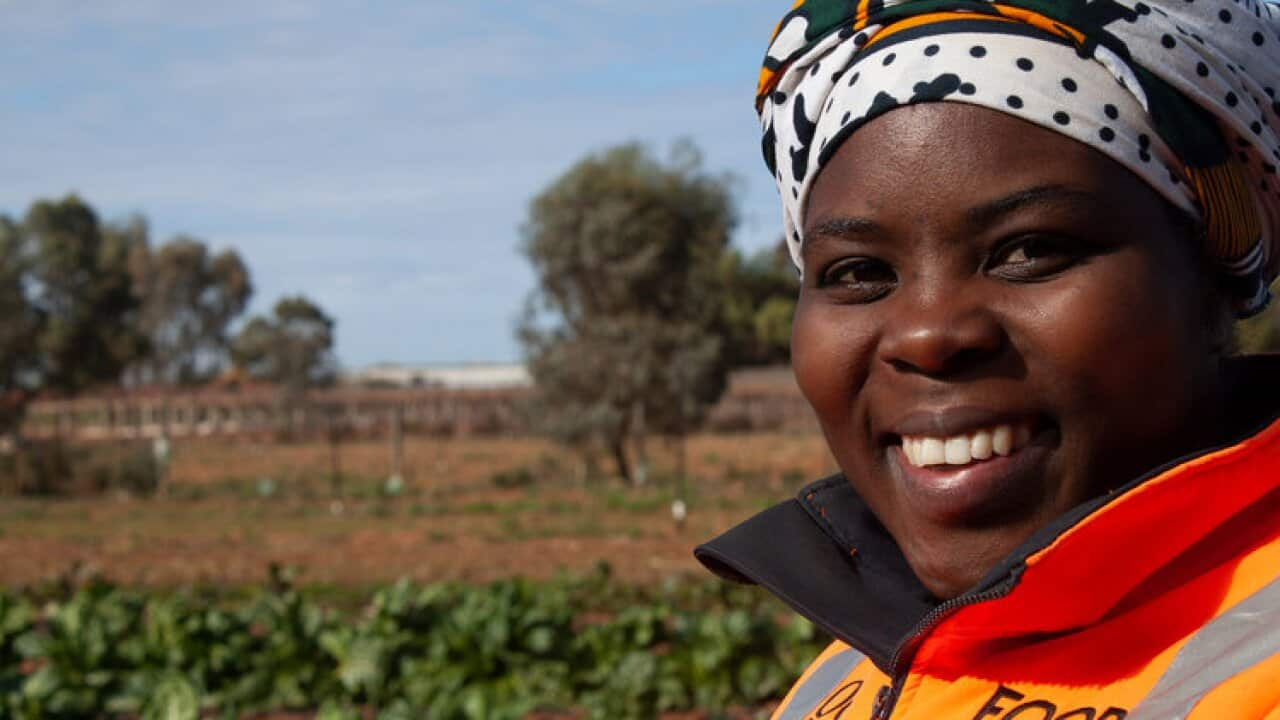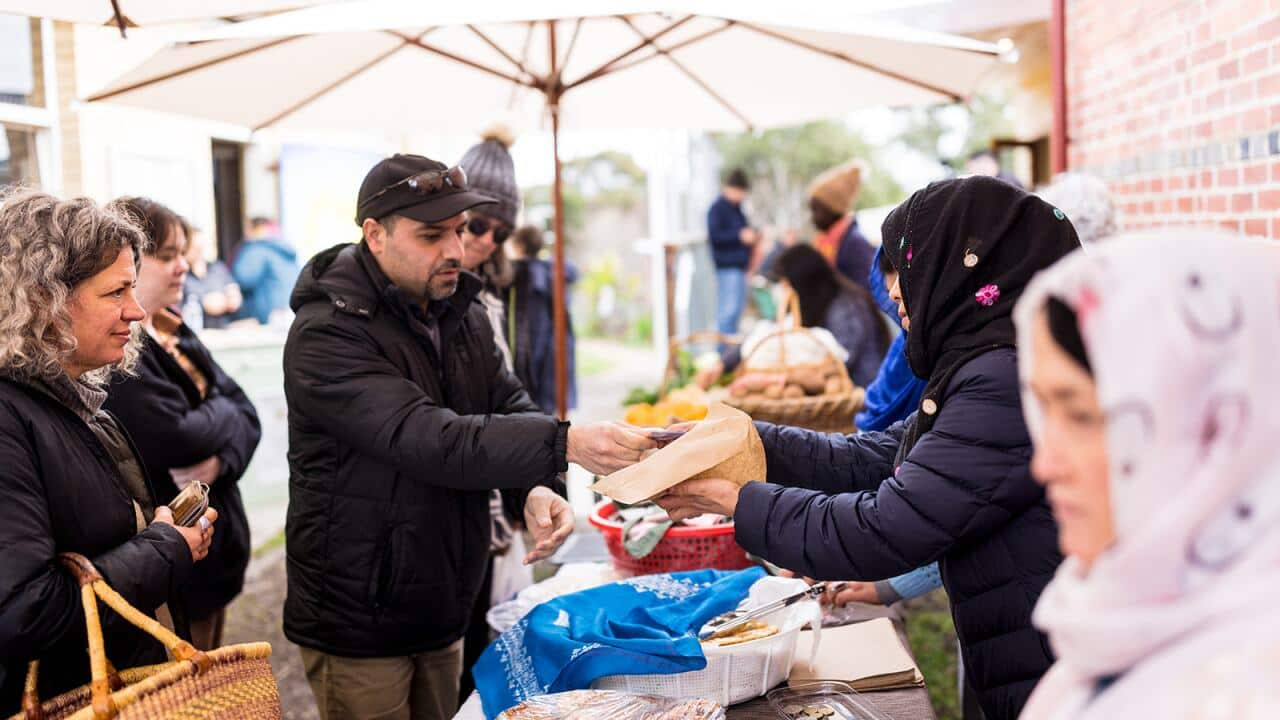There are several things that you can do to be more prepared for emergency situations - helping to minimise risks, and protect lives and properties during a time of crisis.
Tips for emergency preparedness
- Research your location risk
No matter where you live you can be affected by the immediate impacts of climate change, from fire and ember attack — to flood, storms/hurricanes, drought, hazardous air quality, heat waves, air-born diseases, rising sea levels etc. A first port of call is to check your state government and local council’s emergency management advice and resources. - Research emergency situations and what to do about them
is a comprehensive and authoritative repository of tool-kits, brochures, videos and guides collated from multiple authors and organisations about how to prepare people of all ages for a range of emergencies. - Be informed on high risk days
Register for the federal government's in your home state. This app provides real-time information about emergency events in your specific area, including hazards like fallen trees, floods, and bushfires. Keep in mind that during emergencies, power outages and disruptions to phone towers are common. - Plan for an emergency
Take the time to develop comprehensive emergency plans for various situations. Each plan should include multiple options and courses of action tailored to the unfolding scenario. Determine the trigger for each course of action, including indicators prompting immediate evacuation to a predetermined destination. Consider factors such as access to transportation, the need for an English interpreter, household composition (living alone or with others, presence of pets, children, elderly, or individuals with special needs), and caregiving responsibilities beyond the household. - Have an emergency kit ready on high risk days
Assemble a well-stocked emergency kit that includes essentials such as water, appropriate clothing or PPE (personal protective equipment), non-perishable food, first aid supplies, torch, batteries, a radio, spare phone charger and important documents. Make sure to include any medications or special items you or your family members may need. Each member in the household should have an individual bag they can pick up and go. - Be connected in your local community
Build a network of neighbours, friends, and family members who can support each other during emergencies. Exchange contact information, discuss your emergency plans, and offer assistance to those who may need extra help, such as elderly or disabled individuals. - Ensure your home is prepared for a range of emergencies
Regularly clean gutters to reduce the risk of damage during fire and flood. Ensure you have fly-screens and adequate protection from flying insects as the airborne disease becomes more common. Ensure your home is well sealed when air quality is poor due to surrounding bushfires. Review trees close to your house that could possibly fall during violent storms. If you are dependent on medication or machines, have a back up plan for power outages and supply chain issues. - Practice Emergency Drills
Regularly practise your emergency plan with household members to make sure everyone knows what to do in an emergency situation. Conduct drills for various scenarios, including evacuations, sheltering in place, and communicating with emergency services. - Help build Community Resilience
Get involved in local efforts to improve community resilience to climate impacts. Participate in disaster preparedness workshops, volunteer with emergency response organisations, and advocate for policies that promote climate adaptation and mitigation.
Link:
LISTEN TO

Starting climate conversations in small town Victoria
SBS Audio
21/04/202418:56
More from 'Everything We Need'

Introducing Everything We Need: A podcast about climate adaptation




